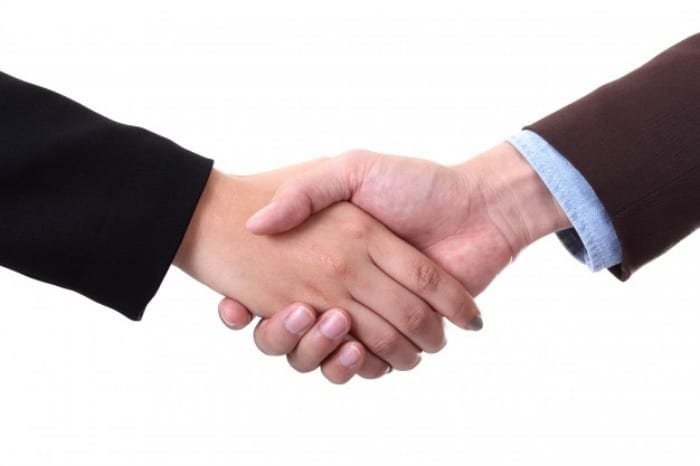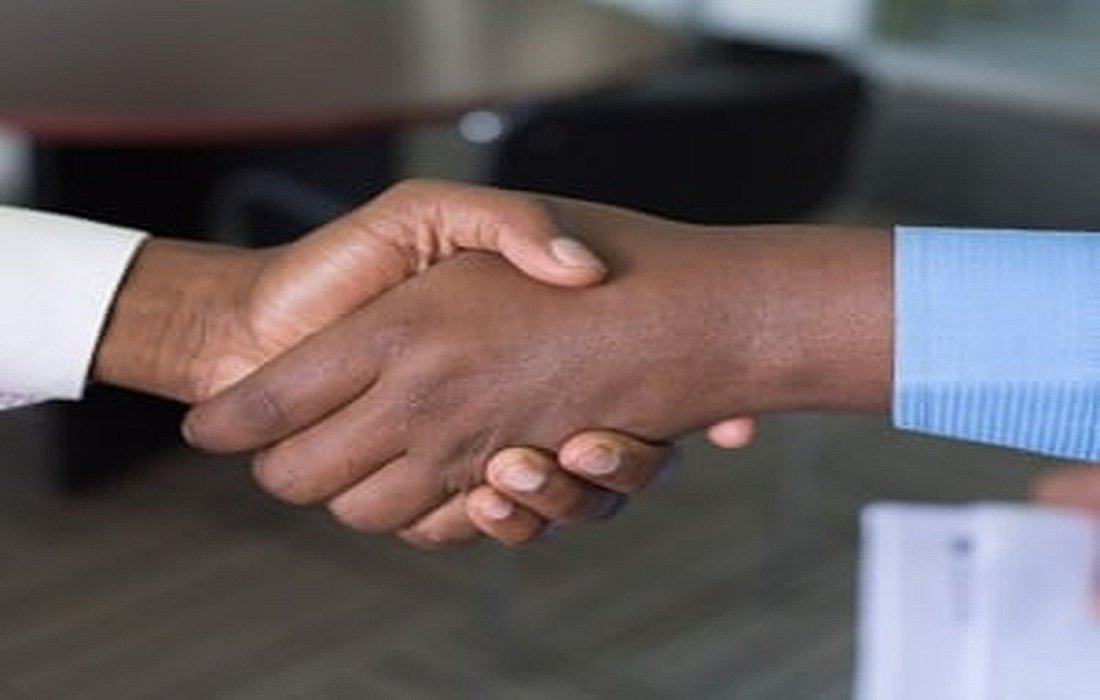The Correct WayHandshaking
These differences can be seen in various jobs, personalities, and emotional states. When women want to express their genuine feelings, especially in critical moments of life with other women, they do not shake hands; instead, they softly hold the other person’s hands and convey their deep sympathy through facial expressions. Such behavior rarely happens with men. It seems that women have chosen this way of connecting only with their peers.
Sweaty Palms
Sweaty and damp palms indicate anxiety and a kind of unusual excitement. If your palms sweat excessively, you are likely a worried and anxious person. Remember to dry your hands before shaking hands with others. Certain illnesses can also create special symptoms in your palms. In hyperthyroidism, the palms become moist and warm, and duringAnxietyWet and cold palms signify a cold, introverted character and possibly arrogance. A handshake that is too firm is equally uncomfortable and inappropriate.

Handshaking on First Meetings
Handshaking at First Encounters
Especially in initial meetings, we should avoid both extremes. Notice if the other person’s hand rests on top of yours or underneath? If someone’s palm is on top during a handshake, it suggests a desire to dominate andConfidencealso shows an interest in controlling the relationship. Conversely, if someone’s palm is underneath, it indicates that they are willing to be dominated and give up their decision-making rights. Additionally, if someone places their hand higher than normal (around waist level) while shaking hands, it indicates arrogance and a domineering attitude.
The Connection Between Handshakes and Professions
Handshakes are also related to people’s professions. For example, many athletes control their strength during a handshake, resulting in a gentle grip. Skilled artists, musicians, and surgeons are cautious with their hands and strive to protect them. Diplomatic handshakes, a distinct characteristic of Americans, are especially seen during election campaigns or official meetings of leaders and ministers. It is common to grip someone’s shoulder or arm with the left hand while shaking hands. Greeting two old friends in this way is acceptable, but for many, this kind of handshake can feel uncomfortable when meeting someone they don’t know well; they perceive it as a pretentious and hypocritical gesture, yet many politicians insist on this practice.
Relation of Handshakes to Professions
Handshaking Customs in Different Cultures and Countries
Handshaking customs vary across countries and cultures. The French, like us, shake hands when entering and leaving. Germans shake hands only once. Some Africans snap their fingers after each handshake, symbolizing freedom and release. In some countries, people don’t view shaking hands as positive. Americans shake hands very firmly, likely stemming from intense physical competitions like wrestling among Native Americans. The most complicated form of handshake is among African Americans, which involves several intricate maneuvers.
Handshaking is an evolved form of non-verbal communication that has become a global symbol over the years. For example, raising both hands—signifying a lack of weapons—later evolved into a greeting symbolizing welcome and peacemaking. Romans were inspired by this gesture and would place their hand on their chest instead of shaking hands; they sometimes held each other’s arms. Today’s handshake represents welcome and hospitality, and the full contact of two palms signifies intimacy and unity.









